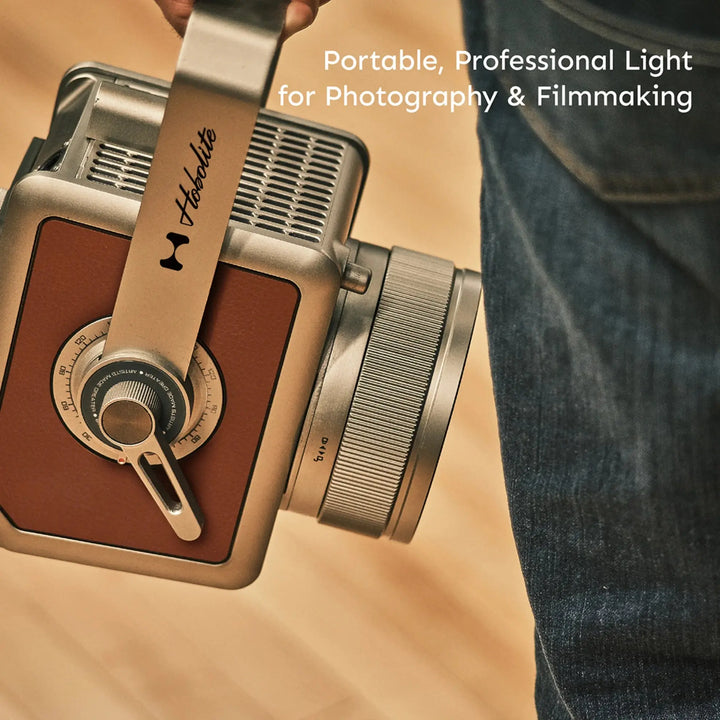Illuminate Your Creativity: Uncover the Secrets to Choosing the Perfect Studio Lighting!
Studio lighting plays a pivotal role in photography and videography, serving as the backbone of any creative endeavor. Properly executed lighting can transform an ordinary scene into a captivating visual story, enhancing mood, depth, and overall quality. For both budding and seasoned professionals, the right studio lighting is not just a technical requirement but a powerful tool that unlocks creativity. This article aims to guide you through the essential aspects of selecting studio lighting equipment, helping you make informed decisions that best suit your artistic vision and practical needs.

Understanding Studio Lighting Basics
At its core, studio lighting is about creating an environment where you have full control over how light interacts with your subjects. It is a fundamental aspect of photography that helps establish mood, depth, and dimension in your images. Unlike natural lighting, which can be unpredictable and vary significantly based on the time of day and weather conditions, studio lighting allows for consistency and precision. By manipulating light sources, you can create dramatic shadows, soft highlights, and striking contrasts that bring your creative vision to life. Understanding the basic principles of lighting—such as the direction, quality, and color of light—will equip you to make more informed choices about your lighting setup.
Types of Studio Lighting Equipment
When it comes to studio lighting equipment, there are several options available, each with distinct characteristics and advantages. Softboxes are a popular choice for their ability to diffuse light and create soft, flattering illumination. They are particularly effective for portrait photography, as they minimize harsh shadows on the subject's face. Umbrellas, on the other hand, are versatile and portable, offering both reflective and shoot-through options to control light dispersion. LED lights have gained popularity for their energy efficiency and adjustable color temperatures, making them suitable for various settings. Understanding the unique features of each type of lighting equipment will help you select the best fit for your specific needs and preferences.
Continuous vs. Flash Lighting
Another important consideration is the choice between continuous lighting and flash lighting. Continuous lighting allows you to see how light interacts with your subject in real-time, which can be beneficial for both photography and videography. However, it often generates heat and may not provide the same intensity as flash lighting. Flash lighting, on the other hand, produces a powerful burst of light that can freeze motion and create stunning images. Each type has its pros and cons, and the choice depends on your shooting style, the subjects you’re working with, and the desired final effect.
Factors to Consider When Choosing Studio Lighting
When selecting studio lighting, there are several factors to consider. First, assess the size of your shooting space; a larger area may require more powerful lighting or multiple light sources to achieve even coverage. Secondly, think about the type of photography or videography you’ll be doing. For instance, a product shoot may need different lighting setups than a portrait session. Lastly, budget constraints will influence your choices, as studio lighting can range from affordable to high-end options. Take the time to evaluate these factors carefully, as they will help you determine the best lighting solution for your needs.
Setting Up Your Studio Lighting
Setting up your studio lighting effectively is key to achieving the desired results in your shoots. Start by positioning your lights at various angles to create a balanced lighting setup. Using diffusers can soften harsh light and reduce shadows, while reflectors can bounce light back onto your subject for a more even illumination. Experimenting with light placement can lead to exciting results, but it's also essential to be aware of common mistakes, such as overexposing your subject or failing to account for light falloff. A well-planned lighting setup can greatly enhance the quality of your images and overall creative output.
Enhancing Creative Vision Through Studio Lighting
Choosing the right studio lighting is crucial for enhancing creativity and achieving the desired outcomes in photography and videography. By understanding the basics of studio lighting, exploring different types of equipment, and considering essential factors, you can make informed decisions that elevate your work. Remember that experimentation is key; don’t hesitate to try various setups and lighting techniques to find what resonates with your style. The right lighting can transform your creative vision into reality, so embrace the journey of discovery and let your creativity shine!







